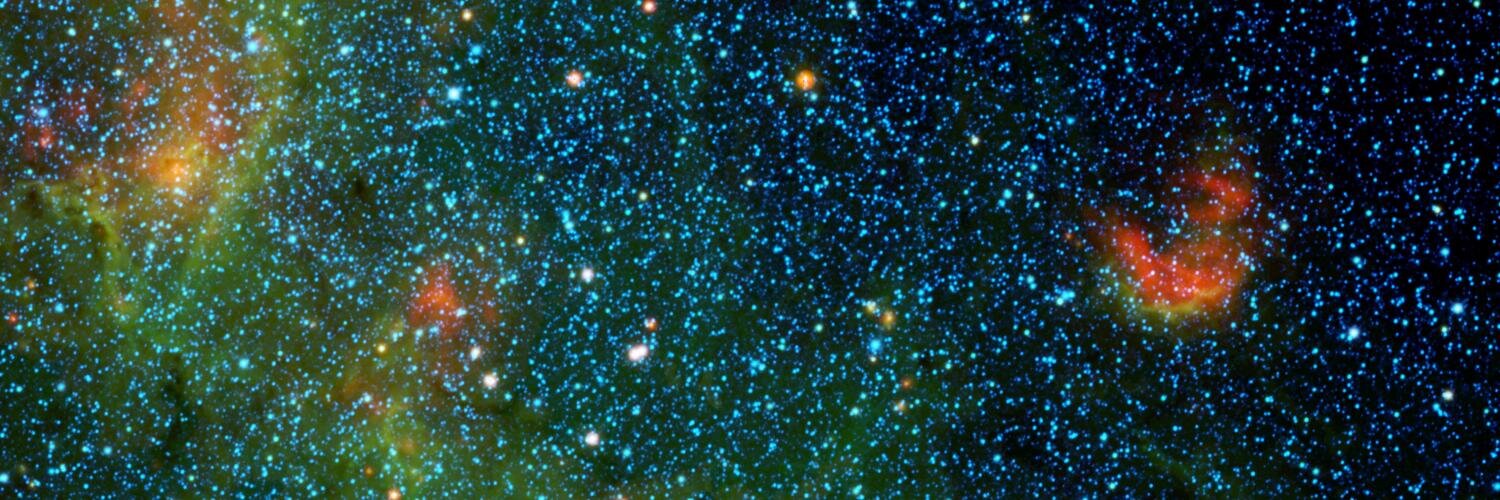
NASA JPL
@NASAJPL
The Jet Propulsion Laboratory manages many of NASA's robotic missions exploring Earth, the solar system, and our universe. (Verification: http://nasa.gov/socialmedia)
NISAR is set to launch next week 🚀 Here are 5 things to know about the mission that will track big and small changes across Earth’s land and ice surfaces, helping decision makers stay ahead of natural hazards: go.nasa.gov/46RZixM
With more than 700 dams and 2,000+ miles of levees to monitor, the U.S. Army Corps of Engineers can’t be everywhere at once. That’s where NISAR can help. Its radar can spot shifts in the Earth down to fractions of an inch, helping detect potential issues before they escalate. 🛰️
How to fix a camera from 370 million miles away. 📸📡 An experimental technique rescued a camera aboard our #JunoMission spacecraft, offering lessons that will benefit other systems dealing with high radiation in space. Details: missionjuno.swri.edu/news/nasa-shar…
LIVE: We're giving a preview of the upcoming NISAR (NASA-ISRO Synthetic Aperture Radar) mission, the most advanced Earth-observing radar satellite we've ever launched. Tune in to the news conference and share your questions for the team with #AskNISAR: x.com/i/broadcasts/1…
LIVE NOW 🔴 Hear from experts on the NISAR satellite mission! If you have a question, use #AskNISAR and your question may be answered live on air. x.com/i/broadcasts/1…
Launch date secured! 🌎 @NASA and @isro are targeting no earlier than July 30 for the launch of NISAR, a powerful new mission to observe Earth's changing surfaces. Learn more science.nasa.gov/blogs/nisar
Launch date secured! 🌎 @NASA and @isro are targeting no earlier than July 30 for the launch of NISAR, a powerful new mission to observe Earth's changing surfaces. Learn more science.nasa.gov/blogs/nisar
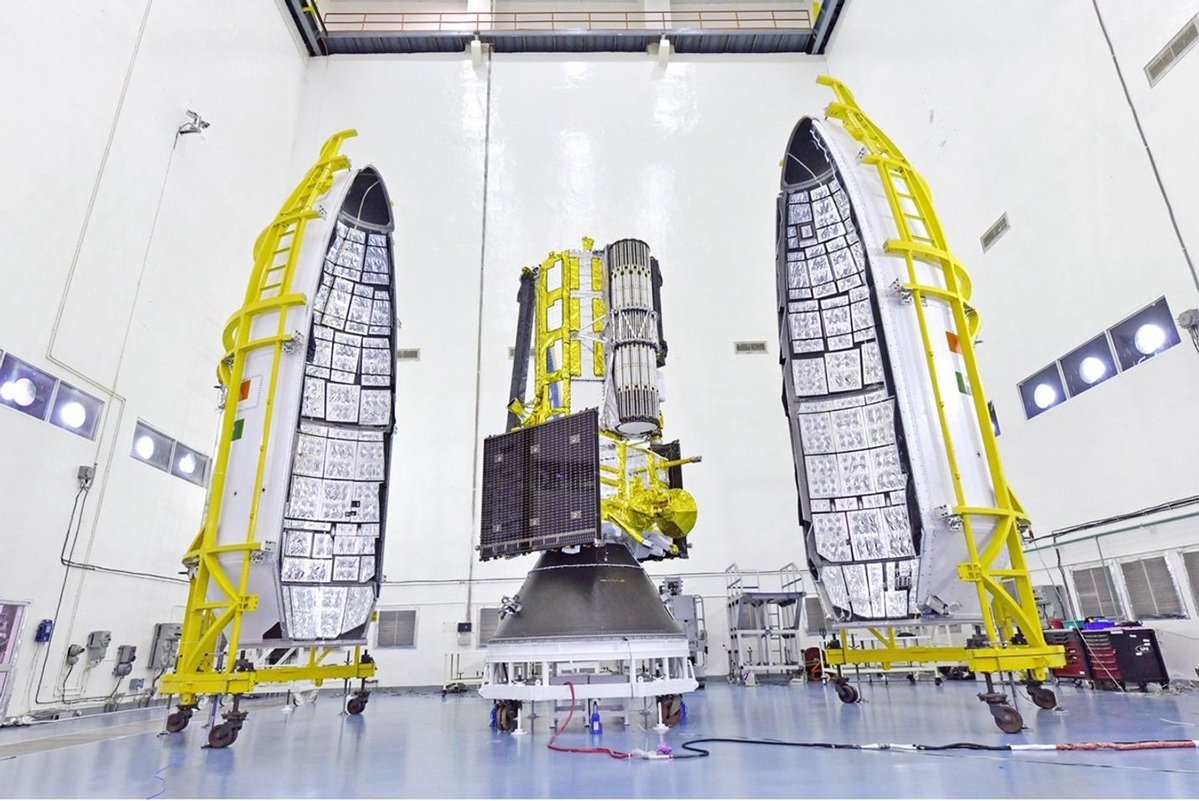
New name. New look. Same trusted updates on planetary defense - and more! Welcome to the new @NASASpaceAlerts account – where we’ll share official NASA notifications on cosmic activity in near-Earth space, including: Solar activity💥 Asteroids 🪨 Comets ☄ Meteors 💫
NISAR is preparing for launch 🚀 On Monday, July 21, NASA and NISAR project leadership will preview this upcoming @NASA-@ISRO mission, which will use powerful radar to study Earth's land and ice surfaces. Tune in at 9am PT/12pm ET: youtube.com/live/sLjvAmK_s…
This snake-like robot is slithering into the future of exploration. It's called EELS and was developed at JPL with the goal of autonomously exploring hard-to-reach places throughout the solar system, like icy crevasses to deep craters. Happy #WorldSnakeDay! 🐍
Rainforests. Volcanoes. Arctic tundra. 🌍 From wildfire damage and volcanic eruptions to forest regrowth, NISAR will reveal how our planet's surface is changing in even the smallest ways. The Earth-observing mission is set to launch soon: nisar.jpl.nasa.gov
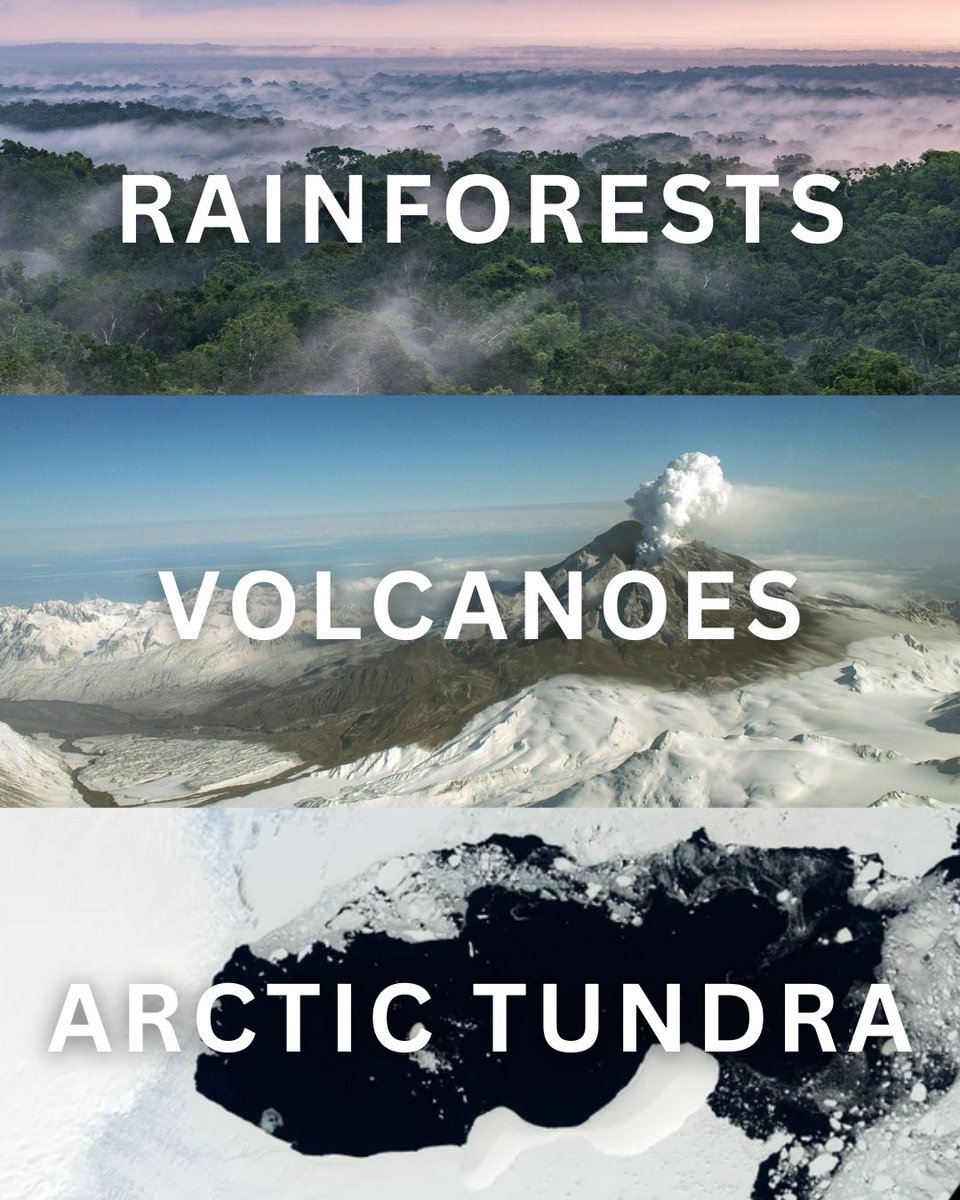
Sometimes, impatience becomes iconic. When Mariner 4 flew past Mars in 1965, it sent the first-ever up-close images of another world – but the digital images took *hours* to process, so engineers at JPL came up with a "color-by-numbers" workaround. science.nasa.gov/mars/triumph-o…
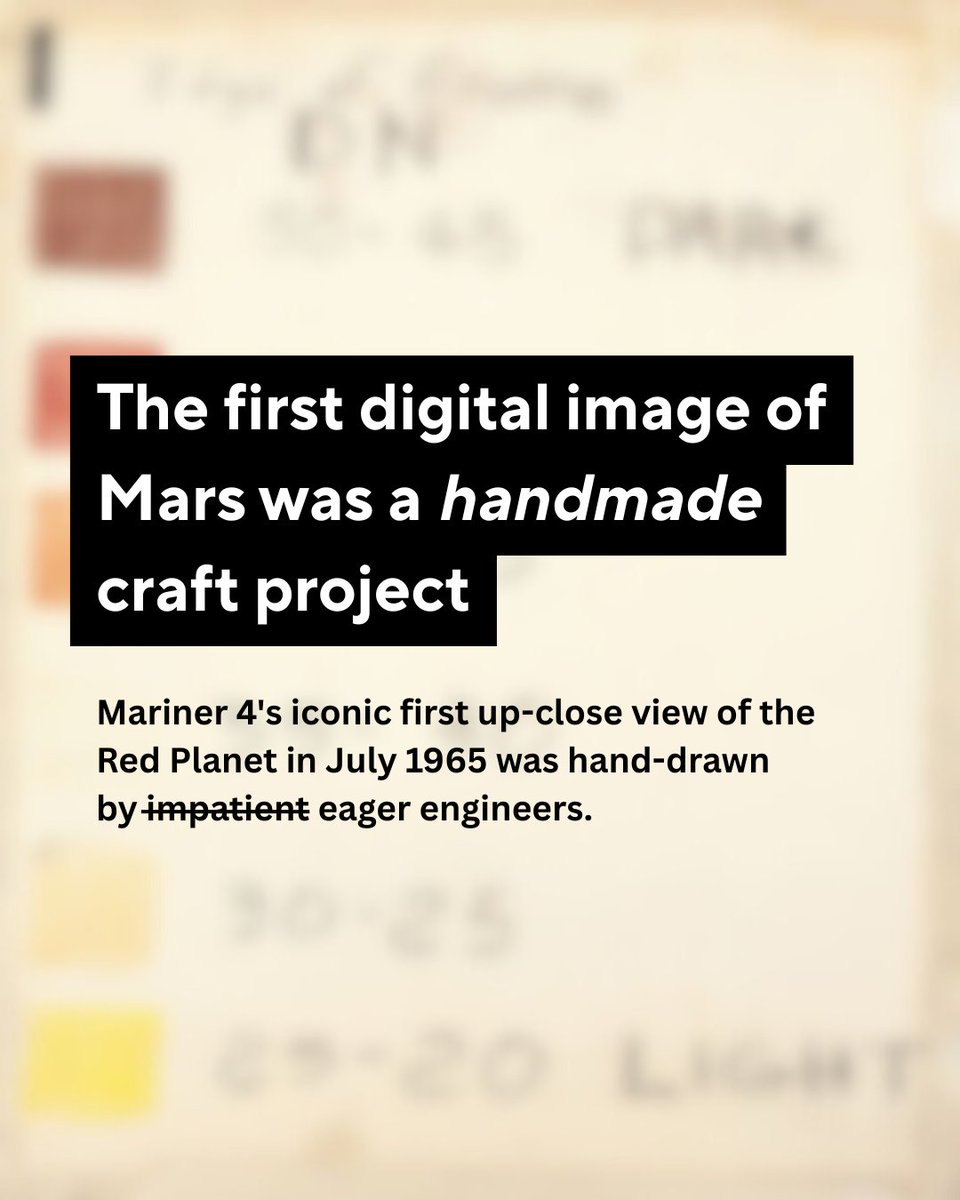
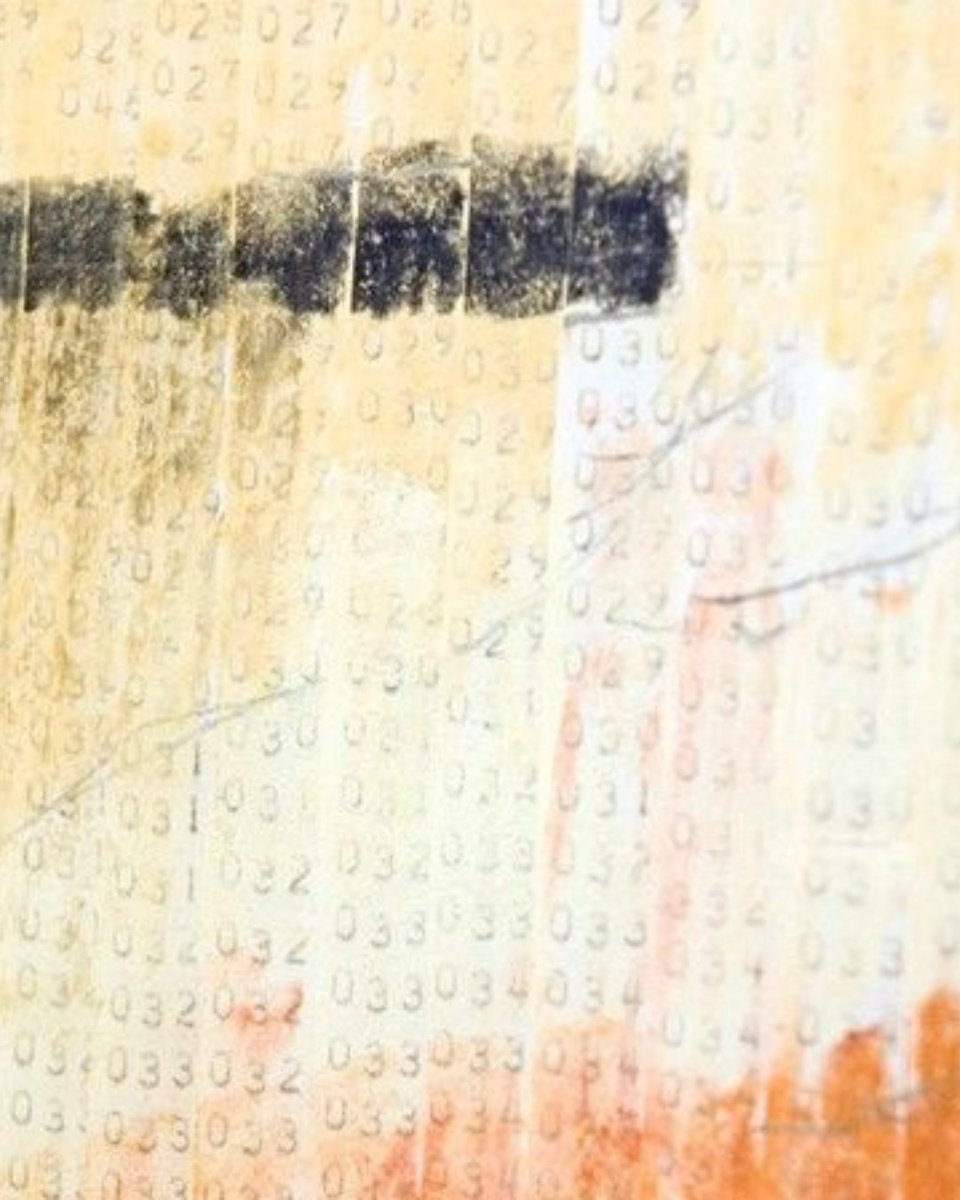
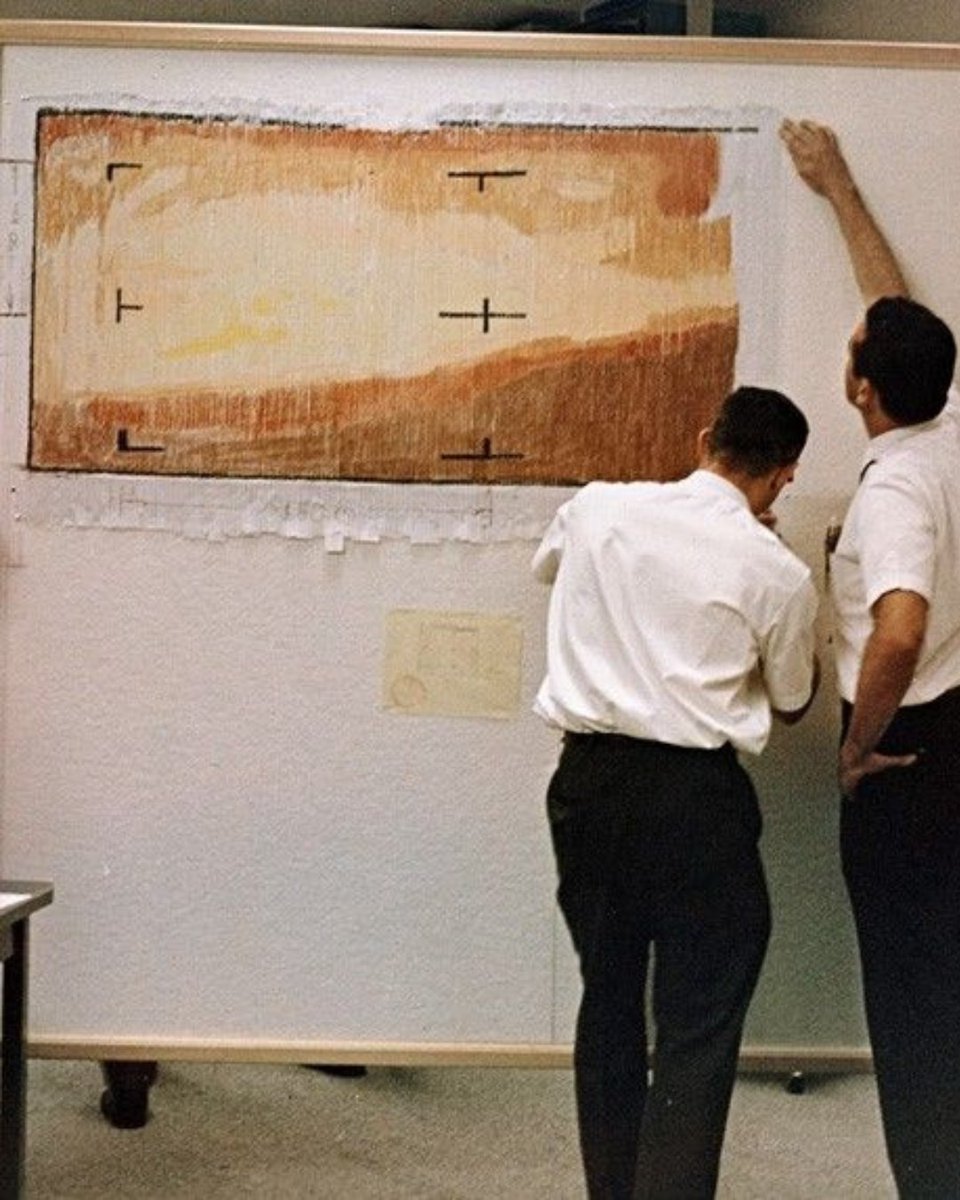
Attention young artists: 60 years ago, Mariner 4 was the first spacecraft to reach Mars and send back pictures of what it saw. Now it’s your turn. What if you’re the first astronaut to reach Mars? What might you see? 🎨 Submit your art by July 31: go.nasa.gov/artchallenge
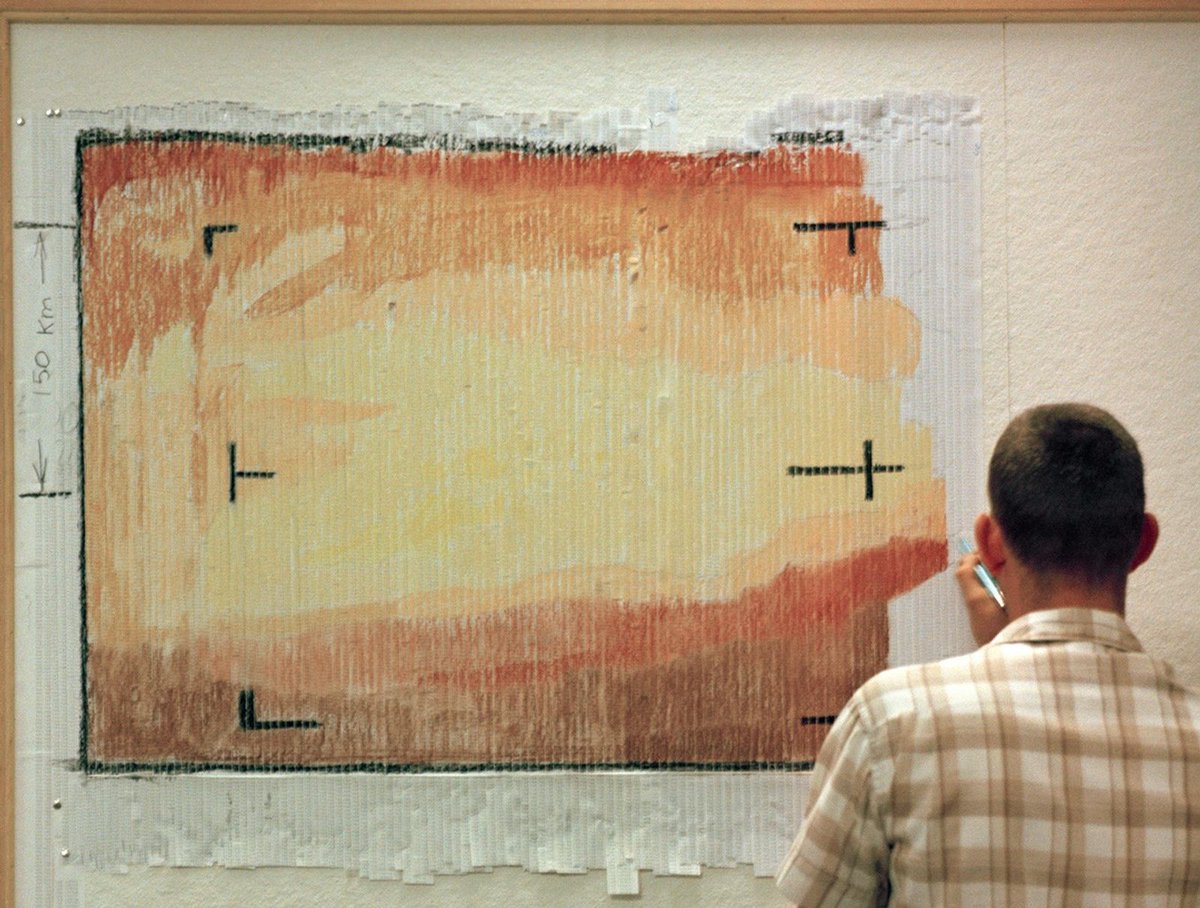
Dive into the history of Mariner 4 with "JPL and the Space Age: The Changing Face of Mars." This 90-min documentary describes the challenges of JPL’s first attempts to send spacecraft to the Red Planet using archival footage and interviews. youtu.be/eaSaVanPysA?si…
These hills are rich with minerals – and perfect for testing out tech used on other worlds! Now, @NASA and @USGS are searching closer to home for rare minerals used in everything from rechargeable batteries to medicine. go.nasa.gov/3TwUmGQ
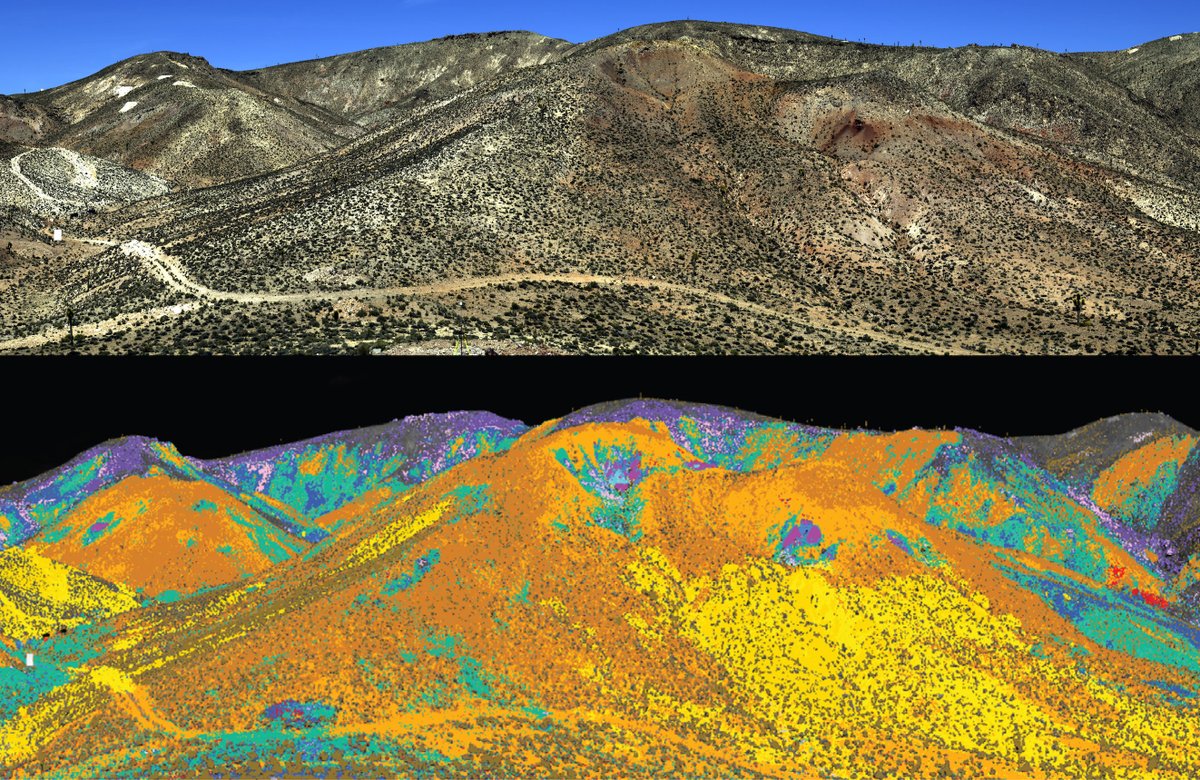
Sixty years ago today, NASA began exploring Mars. See what it was like at mission control in July 1965 when Mariner 4 sent back the very first close-up pictures of another planet. science.nasa.gov/mars/triumph-o…
How it started / How it's going From Mariner 4 in 1965 to the Mars rovers today, re-live some of the amazing vistas we've captured on the Red Planet so far — as we prepare for the next Giant Leap. go.nasa.gov/3IqRt8e
Happening now: Here's a simulated view showing the current position of NASA's #JunoMission as it closes in on Jupiter for its 74th flyby of the giant planet. (The black dot on Jupiter is the shadow of one of its moons.) Ride along at eyes.nasa.gov/apps/solar-sys…
Go retro with Voyager 2 📺 On July 9, 1979, Voyager 2 made its closest approach of Jupiter, revealing the Great Red Spot to be a complex storm system. It also observed volcanic activity on Io, discovered a new moon, and captured images of Europa's unusual surface features.